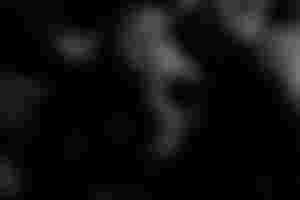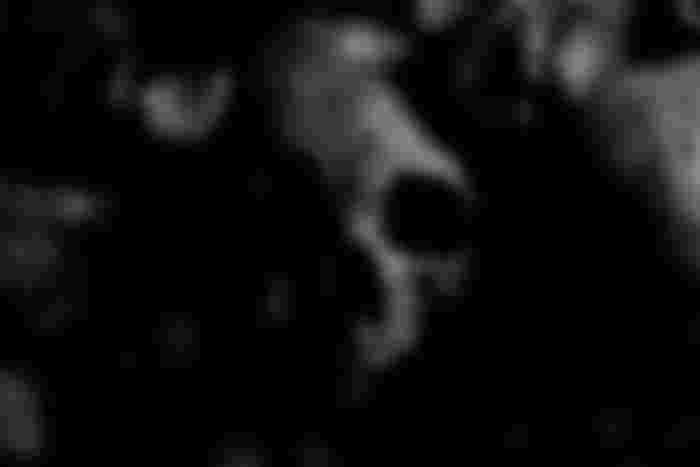13 Rules of Horror

(image source: https://www.pexels.com/photo/close-up-photo-of-skull-970517/)
Some time ago, I created a list of rules for horror that I could use for making videos, but I've found that I can easily translate it to other scenarios such as in written word, gaming, and in TTRPGs. I'm a big fan of horror, mainly psychological and cosmic horror. And while no one has asked, I will bring to you my rules of horror! None of these rules are to be held without question, horror is a fluid genre and rules are made to be bent and broken. Whatever helps to build the narrative is what you should go for.
Before working on horror though, what is the point of horror? What makes horror effective? Well, horror is not making someone afraid, but rather, it's making someone feel dread, to be uneased, to be pulled out of their comfort zone into darkness without a positive outcome in sight. That which disturbs and reminds us of our mortality. So why don't we get into these rules? Remember, these rules are guidelines, not laws.
Don't reveal the monster until the final chapter, the later the monster is revealed the better. In the meantime, build up the tension, give a reason to fear the faceless one, make him a threat before they ever see him.
Jump scares should be infrequent and be a natural progression with buildup, no sound jumps like violin screeches.
Ghosts don't just jump out at the camera, keep it subtle. Small shadow passes quickly by a distant window, an orb of light quickly moves past the camera off to the side. Gradually build up the paranormal activity.
Don't start with activity already happening, make sure nothing obviously paranormal actually happens on the first recording.
You're recording for a reason, not just because. Always. The reason doesn't have to be paranormal activity, it can also just be a moment between friends you wanna capture or something.
Exception to 5: the camera turns itself on for "unknown" reasons.
Keep. It. Relevant. Even if there's no activity or anything on the camera, make sure it's relevant to the story at hand. Showing you hanging out with some friends isn't just you hanging out with some friends, it's character screening and possibly a show of character development. Keep your audience believing you're real and that everything shown doesn't detract from the overall story or make you seem less real.
The most terrifying thing to man is something close to man. Take the human form and deface it. Keep it recognizable but also alien. It's close to you, but it's not close to you. The uncanny valley is a friend. Bastardize the human form.
Learn phobias. Use them to your advantage. The irrational fears we all have are tools for horror.
Think of what's predictable and then do something else. If you have a hard time envisioning what's predictable, have a friend look at what you're going at and have them predict what's going to happen next in the scene.
Entropy is king. You don't gain control in horror. Any moment of "control" is false. The chaos of entropy is the ultimate aim.
You don't need a point. Don't fret in trying to make some allegory to depression, sexism, racism, or whatever. A point is irrelevant to horror. If you can't seem to write a theme or point to the story at hand, then don't. A story about someone in a good life just suddenly being stalked and then abducted is perfectly fine.
Be fictionally real. The events of the story may be fake, but you shouldn't act that way. Everything within the story is 100% real, you're in a real situation, that's real danger, that's a real ghost, that stalker is actually there, it's all real as long as it's within the scene.
